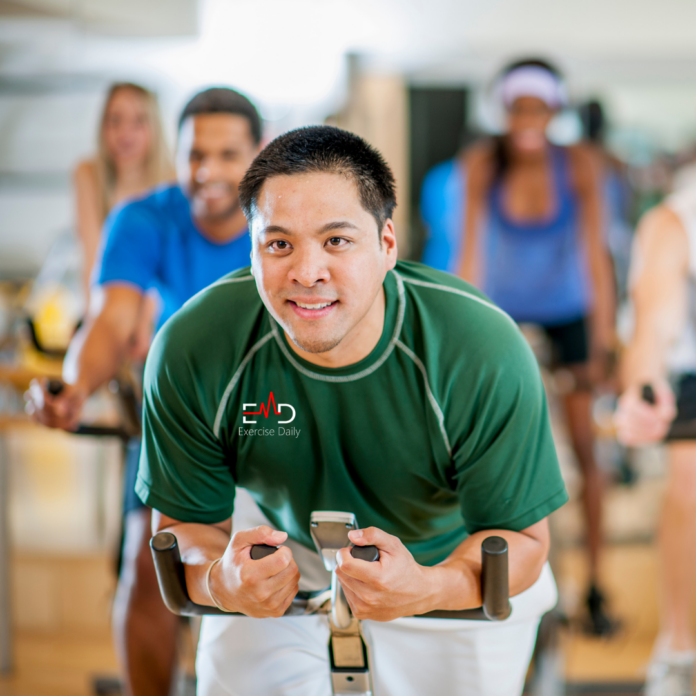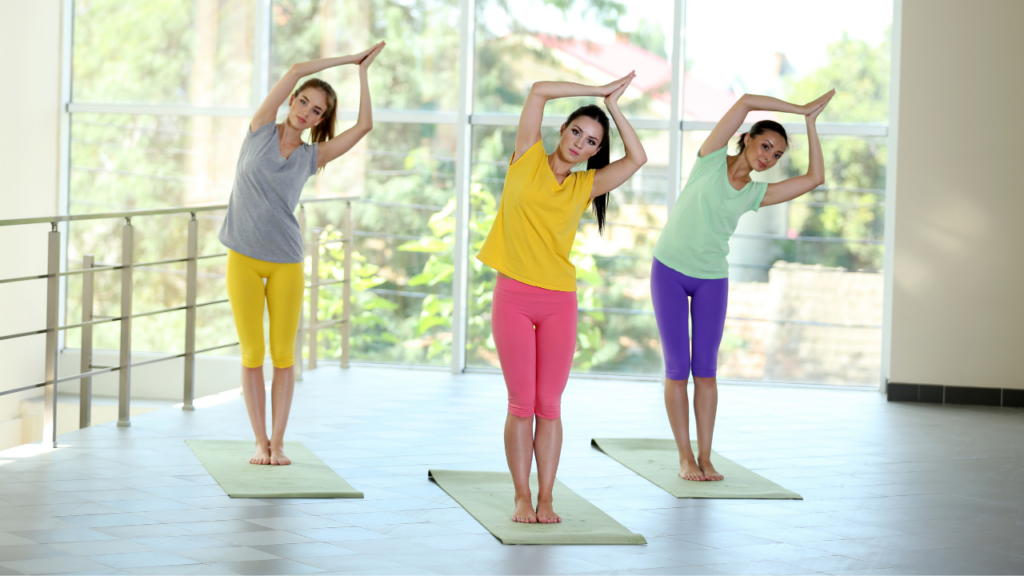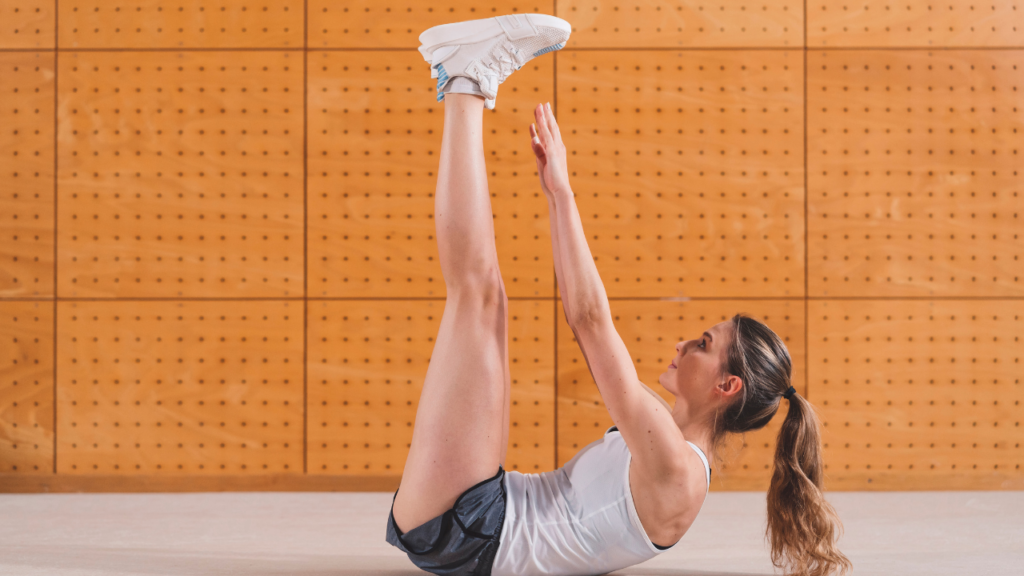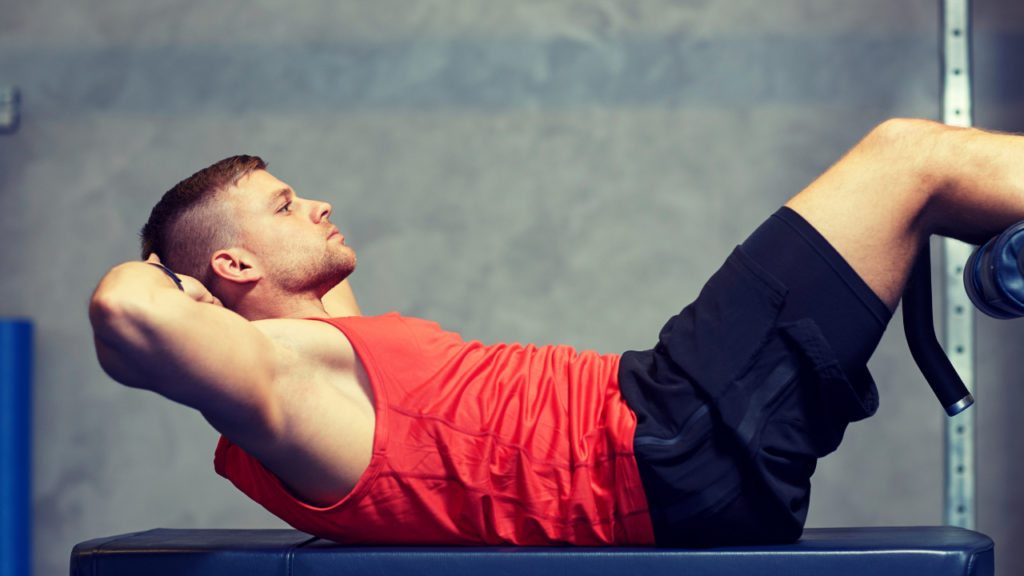
Exercise Daily – Physical exercise on a consistent basis is critical for physical, psychological, and emotional health. While every sort of physical exercise has some risk of injury, the advantages of being active far exceed the hazards. In this article, we will discuss how personal choice can enhance your safety when exercising.
You may lower your risk of exercise-related injury by taking the following steps:
- Wearing the appropriate footwear
- Using the proper equipment
- Consuming copious amounts of water
- Appropriately warming up and stretching
Observe safety precautions
You may seek information and advice on exercise safety from a sports medicine physician, a physiotherapist, or an exercise physiologist. You can consult with a sporting association about proper sporting techniques and equipment as well.
Several basic rules for exercise safety include the following:
Pre-exercise test
The pre-exercise test may help you determine whether you are at an increased risk of suffering a health concern while participating in physical activity. This is a filter or ‘safety net’ to assist you in determining if the possible benefits of exercise exceed the hazards.
Before beginning any physical activity or exercise program, read through the pre-exercise self-screening tool. When determining the safety of any activity, you must examine the method utilized as well as your own unique circumstances.
Numerous changes occur during pregnancy, including changes in body structure and size, which raise the risk of injury. All pregnant women should discuss their fitness intentions with their doctor since each pregnancy is unique.
Do not regard what your body feels
Bear in mind that speeding up any workout increases the chance of damage. Any workout that gives you pain or discomfort should be avoided or modified. Do not disregard your body’s weariness, discomfort, or pain signals.
Talk to a professional and discuss how personal choice can enhance your safety when exercising.
Give your body time to recover
Cross-train with different sports and activities to avoid overtraining. Ensure that you have at least one recuperation day each week, ideally two. Bear in mind that injuries need rest – attempting to ‘work through’ the pain can aggravate the injury and postpone recovery.
When to immediately cease exercise?
If you develop any of the following symptoms, stop exercising and get medical attention:
- Pain or discomfort
- Chest pain or other symptoms of a heart attack, such as neck and jaw discomfort, pain traveling down the arm, or pain between the shoulder blades
- Inability to breathe
- A heartbeat that is very fast or erratic during exertion.
Exercises that may be dangerous
Certain workouts that entail rapid or repeated twisting, or prolonged or sustained motions, should be avoided. This is because they might cause bone and muscle injury.
When determining the safety of any activity, you must take into account the method and load, as well as your specific circumstances, such as prior injuries and fitness level.
Bouncing while stretching
It is a common misconception that ‘bouncing’ when stretching (ballistic stretching) assists muscles in stretching farther. Overstretching unexpectedly activates the stretch reflex, forcing the muscles to tighten even tighter in an effort to avoid harm.
It’s important to discuss how personal choice can enhance your safety when exercising. Similarly, bouncing is detrimental because it may result in microtears in the muscular tissue, which manifest as muscle discomfort or tenderness.

Rather than bouncing, consider the following:
- Try out sustained and long stretches
- Keep ten to twenty seconds while maintaining the stretch
- Once the muscle feels comfortable, gradually increase the stretch and then hold.
Toe-touches when standing
With straight legs, bending down to touch the toes may overstretch the lower back muscles and hamstrings. This puts undue strain on the vertebrae, discs, and muscles of the lower back and hamstrings. Adding a twisting motion to the toe-touch might result in a joint injury.
Alternative abdominal stretches, as well as lower back and hamstring stretches, include the following:
- Stretch the hamstrings and lower back muscles by putting one foot on a low seat or chair. Slightly bend both legs to avoid stressing the knee joints. Then, slowly reach forward with your arms while maintaining your back straight.
- A different way to stretch your hamstrings is to lie on your back with both legs bent. Straighten one leg by elevating it toward the ceiling while maintaining a small bend in the knee. Clasp both hands behind the knee to support this leg. Hold – and repeat with the other leg.

- To perform a lower-back stretch in a different manner, sit cross-legged on the floor and slowly lean forward, maintaining a straight back and reaching your arms out to the floor. Hold.
Deep squat
When we discuss how personal choice can enhance your safety when exercising, we come up with alternatives. Half squats are another such alternative to a full squat. Let’s find out how!
Squats are performed fully extend the knee joint beyond 90 degrees. Whether performed with or without weights (a barbell or a weight carried across the shoulders or in the hands), these exercises may cause pressure on the ligaments, cartilage, and muscles of the knee joint.
Several other options include the following:
- Do half-squats (45-degree bend of the knee).
- Make sure your knee joint is 90 degrees, inspect it with a mirror – or ask someone to look for you!
Sit-ups
Two popular but possibly hazardous versions of the sit-up are to anchor the feet (by having your training partner support your feet) or to maintain the legs straight down the floor. Hands are clasped behind the head or neck, and the upper torso is raised.
These sit-ups are strenuous on the lower back and focus on the hips and thighs rather than the tummy. Avoid this sit-up style at all costs.
Rather than that, practice abdominal curls. Lie on your back. Bend your knees, and place your feet flat on the floor. Fold your arms across your chest or along your torso. Exhale and curl your ribcage inward toward your pelvis.

Before switching to any exercise regimen, discuss how personal choice can enhance your safety when exercising.
Double leg raises
This workout entails laying on your back and simultaneously elevating both legs. This exerts a tremendous amount of strain on the lower back. Another potentially dangerous version is to lay on your stomach and simultaneously raise both legs.
An alternative to double leg raises it to execute the exercise with one leg at a time, ensuring that your hips stay steady throughout. Maintain a bend in the other leg with your foot on the ground.
Press behind the neck
The ‘behind the neck press’ or ‘lat pulldown behind the neck’ should be avoided. This is particularly advisable if you have front shoulder instability.
Exercise safety while stretching
Previously, it was believed that stretching, warming up, and cooling down helped avoid injury during exercise. However, there is little evidence that these activities are useful in reducing the risk of an exercise-related injury.
There is some evidence that warming up and cooling down before and after exercise may help minimize muscular discomfort. However, it still does not prevent injuries. Stretching carefully may be included in your entire warm-up and cool-down routines.
Certain individuals can benefit psychologically from stretching and warming up in order to be in the correct frame of mind. You should discuss how personal choice can enhance your safety when exercising with your trainer.
Warming up safety
As the name implies, your warm-up (five to ten minutes) should gradually increase the temperature of your muscles and body. Warm-up activities should target the primary muscle groups that will be engaged throughout your physical activity.
You might begin your warm-up with a low-intensity exercise like brisk walking or running. Stretching should be done after the muscles have warmed up. This is because cold muscles stretch less effectively.
Stretching is also important after activities to aid with recuperation.
Cooling down and exercise safety
Slow down gradually to a light jog or brisk walk for the last five minutes of exercise. Then stretch for five to ten minutes (emphasize the major muscle groups you have used during your activity). This assists in alleviating muscular discomfort and stiffness.
Drinking water while exercising safely
Each hour of activity may result in a loss of around 1.5 liters of fluid. Dehydration’s initial symptom is weariness, which results in a major decrease in athletic performance. Additionally, it may induce cramps, heat stress, and heatstroke. Suggestions include the following:
- Avoid beginning a workout session dehydrated. Pre-exercise, drink lots of water.
- If you are well hydrated, you should be able to pass a substantial amount of clear urine the hour before activity.
- Consume at least 500 mL (2 cups) of water one hour before workout.
- Consume at least 150 mL of water every 15 minutes when exercising.
- During exercise, take advantage of all available breaks to consume a beverage.
- Increase your fluid intake after exercise to achieve complete rehydration
Talk to your trainer about your personal preferences and discuss how personal choice can enhance your safety when exercising.
Maintain safety precautions in hot weather
Exercising in hot conditions puts your body under extra effort. Heat-related disorders such as heatstroke and sunstroke occur when your body is unable to maintain a comfortable temperature. Sweating alone is insufficient to cool your body.
The following are some of the symptoms of heat-related illness:
- Discomfort
- General unease
- Weakness
- Headache
- Nausea
- Cramps
Several suggestions for avoiding heat-related ailments include the following:
- Consume lots of fluids before, during, and after exercise.
- Dress in light, brightly colored, loose-fitting clothing.
- Wear long-sleeved clothes, full-length pants, a hat, sunglasses, or an umbrella to protect yourself from the sun.
- Exercise during cooler portions of the day — ideally before or after sunrise or dusk.
- Reduce the intensity of your workout.
- Take regular pauses and rehydrate with water or other liquids every 15 to 20 minutes, even if you are not thirsty. If your pee is clear and pale, you are most likely consuming enough water.
- Avoid consuming alcohol, tea, or coffee before or after exercise, since these drinks cause fluid loss.
- If you’ve traveled to a hotter environment, keep in mind that it may take around ten days of exercise to properly acclimate.
Take precautions in chilly weather
Muscles are more prone to injury in cold conditions. Discuss how personal choice can enhance your safety when exercising. Among the safety recommendations are the following:
- Dress with proper layers of clothes. Multiple layers of clothes trap more heat in the body than a single thick one
- Increase your time spent warming up and stretching before exercising, and ensure you finish with a full cool-down
- Maintain enough fluid intake, since cold weather causes fluid loss
- Don’t forget sun protection — even in cold weather, particularly at high elevations or on clear days
Take care of yourself and your equipment
The majority of sports and activities need some kind of equipment, whether it be shoes, bicycles, or racquets. By absorbing the force of falls or collisions, protective equipment such as mouthguards, shin pads, and helmets may dramatically minimize the chance of injury.
Among the safety recommendations are the following:
- If your athletic equipment is portable, ensure that you are using the proper grip. For example, incorrectly gripping a tennis racquet increases your chance of developing tennis elbow (tendonitis)
- Ascertain that your equipment is suitable for your sport or activity, as well as your size and age
- Wear shoes that are suited for your sport and replace them as soon as they get worn out
- Protective equipment should be worn throughout training, not only during competitions and tournaments.
- Regularly inspect and replace worn-out equipment. Consult your coach or athletic organization if you are unclear about how to maintain or inspect your equipment.
Injuries might also occur as a result of improper form or technique. Consult your gym teacher, coach, athletic organization, exercise physiologist, or physiotherapist for assistance in enhancing your sports technique. Discuss how personal choice can enhance your safety when exercising.
Frequently Asked Questions
How can one maintain safety in exercise?
- Use Proper Equipment
- Warm-Up
- Stretch
- Take Your Time
- Drink Water
- Cool Down
- Rest
Why do we need to consider safety precautions before doing an exercise?
Practicing exercise safety helps improve the health advantages of a fitness program. When establishing an exercise regimen, it’s necessary to consider aspects. These include age and health status as well as physical strength and stamina.
The improved blood flow boosts the oxygen levels in your body, which helps you feel better. Increased physical activity may help reduce your risk of cardiac problems such as excessive cholesterol, coronary artery disease, and heart attack.
Exercise may also help to decrease your blood pressure and lipid levels if you do it regularly.
Why do we need to consider our choice of interest in making a fitness activity?
Exercise may help individuals maintain a healthy weight and reduce their chance of developing certain illnesses. Physical activity on a regular basis may help you lose weight and avoid developing type 2 diabetes, heart disease, and high blood pressure.
Jumping, jogging, and lifting weights are all examples of bone-strengthening exercises that may help maintain bone health.
What influences the choice of your physical activities?
Physical activity is impacted by a variety of elements, including the surroundings, exercise tolerance, psychological considerations, and many more. However, it is unclear how these various factors influence physical activity at each stage of the life course.
Discuss how personal choice can enhance your safety when exercising.
How can you influence others to be physically active?
Successful examples of motivating people to be physically active include promoting fitness and community activities. This is possible via mass media campaigns, as well as by providing choice prompts to assist individuals to be more inspired.
Walking groups and buddy systems are also excellent sources of social support and companionship.
Conclusion
If you exercise regularly, you have a lot of flexibility in terms of when, where, and how. Each of these options has the potential to either improve or jeopardize your safety while participating in physical activity.
To be on the safe side, limit your chances of being hurt. Begin your fitness routine with low-intensity workouts to ease you into it. Dress in shoes that are suited for your activities. Prepare yourself by warming up before exercising and cooling down afterward.




